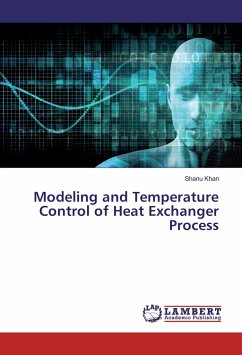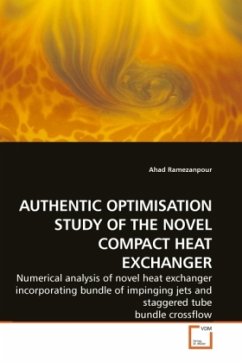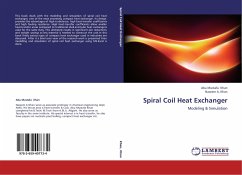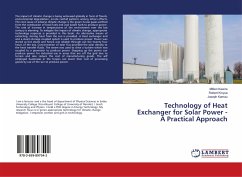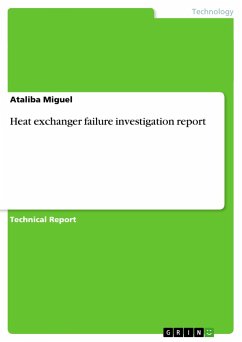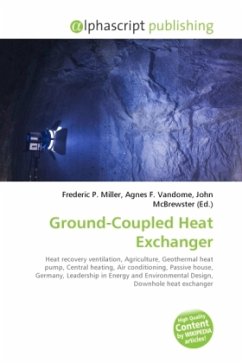
Ground-Coupled Heat Exchanger
Versandkostenfrei!
Versandfertig in 6-10 Tagen
36,99 €
inkl. MwSt.

PAYBACK Punkte
18 °P sammeln!
A ground-coupled heat exchanger is an underground heat exchanger loop that can capture or dissipate heat to or from the ground. They use the earth's near constant subterranean temperature to warm or cool air or other fluids for residential, agricultural or industrial uses. If building air is blown through the heat exchanger for heat recovery ventilation, they are called earth tubes in Europe or earth-air heat exchangers in North America. These systems are known by several other names, including: air-to-soil heat exchanger, earth channels, earth canals, earth-air tunnel systems, ground tube hea...
A ground-coupled heat exchanger is an underground heat exchanger loop that can capture or dissipate heat to or from the ground. They use the earth's near constant subterranean temperature to warm or cool air or other fluids for residential, agricultural or industrial uses. If building air is blown through the heat exchanger for heat recovery ventilation, they are called earth tubes in Europe or earth-air heat exchangers in North America. These systems are known by several other names, including: air-to-soil heat exchanger, earth channels, earth canals, earth-air tunnel systems, ground tube heat exchanger, hypocausts, subsoil heat exchangers, underground air pipes, and others. Earth tubes are often a viable and economical alternative or supplement to conventional central heating or air conditioning systems since there are no compressors, chemicals or burners and only blowers are required to move the air. These are used for either partial or full cooling and/or heating of facility ventilation air. Their use can help buildings meet the German Passive House standards or the North American LEED's (Leadership in Energy and Environmental Design) Green Building rating system.



